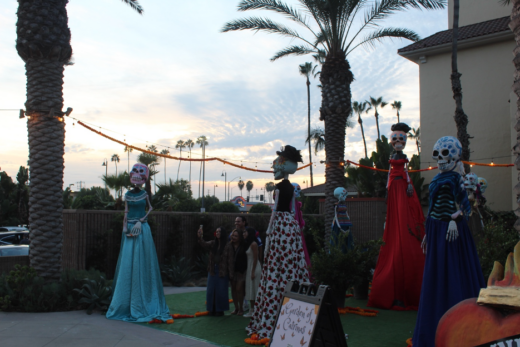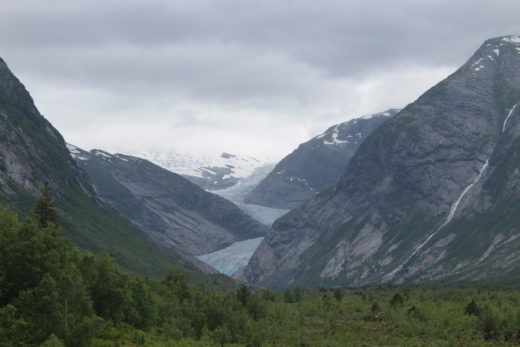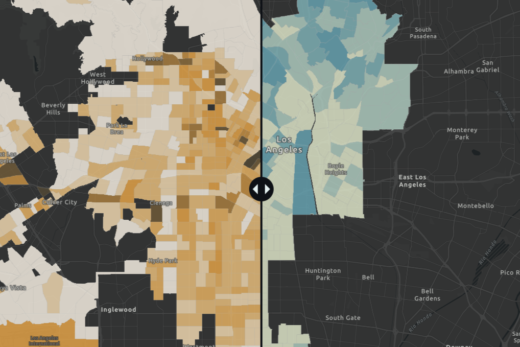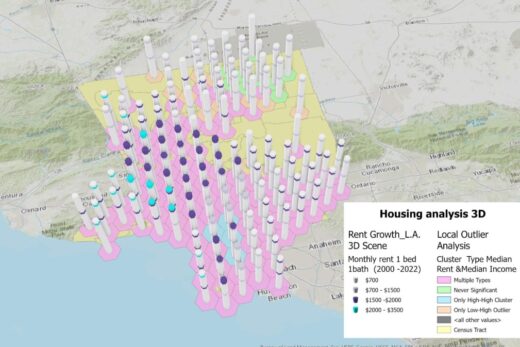Continue south on Compton Avenue. Watch for the required curve at Firestone and the big one (east on E. 92nd Street) that will keep you headed south on Compton Avenue.
Turn left on 108th across the tracks and follow signs to Watts Towers (left on Graham/Willowbrook, then right on 107th).
Stop #17: Watts Towers (1765 E. 107th St.):
This colorful street, with its cultural monument and arts center, marks a fitting end to our long adventure. Stroll behind the towers to follow a time line that summarizes the history of Watts.

Once part of the Mexican Rancho Tajuata and owned by Anastacio Avila, it was eventually sold to Charles Watts. By 1907, it was incorporated as Watts Junction, noting the confluence of Pacific Electric rail lines. Sometimes referred to as “Mudtown”, this working class community grew to become exceptionally diverse. It also became an entry point for blacks from the South who were restricted by racial covenants from living in other neighborhoods. By 1926, Watts was annexed into L.A. to block the growing African American population from gaining control. The predominantly black neighborhood was devastated during the Watts Riots of 1965, but the community banded together with redevelopment projects and other improvements. By the 1980s, Watts was 86% African American and 13% Latino. By the start of this century, it was majority Latino and you could sense this in the signs, landscapes, and cultures of today’s Watts. Today, a smaller percentage of African Americans in L.A. County live here. The numbers and percentage of African Americans in the city, county, and state has been decreasing during this century. By 2020, the total black population in the county had dropped below 900,000 and the total number of African Americans within L.A. City limits had dropped below 350,000.

An Italian immigrant, Simon Rodia, built the once peculiar and now world-famous Watts Towers all by himself from 1921-1954. They consist of nine major steel sculptures reinforced with chicken wire and cement covered with recycled sea shells and broken glass, pottery, and tiles, all set in mortar up to 55, 97, and 99 feet high. The towers were saved from demolition in the 1960s when preservationists proved them to be structurally sound. What was considered Simon Rodia’s bizarre obsession eventually became a folk-art masterpiece that attracts thousands of visitors from around the world. (You will find more information about L.A.’s Italian past at our Olvera Street Stop #11.) This site has also been home to a list of annual community events that include the Watts Towers Jazz and Drum Festival, Watts Cinco de Mayo Celebration, and performances by the Watts Prophets’ Youth Poetry Choir.















